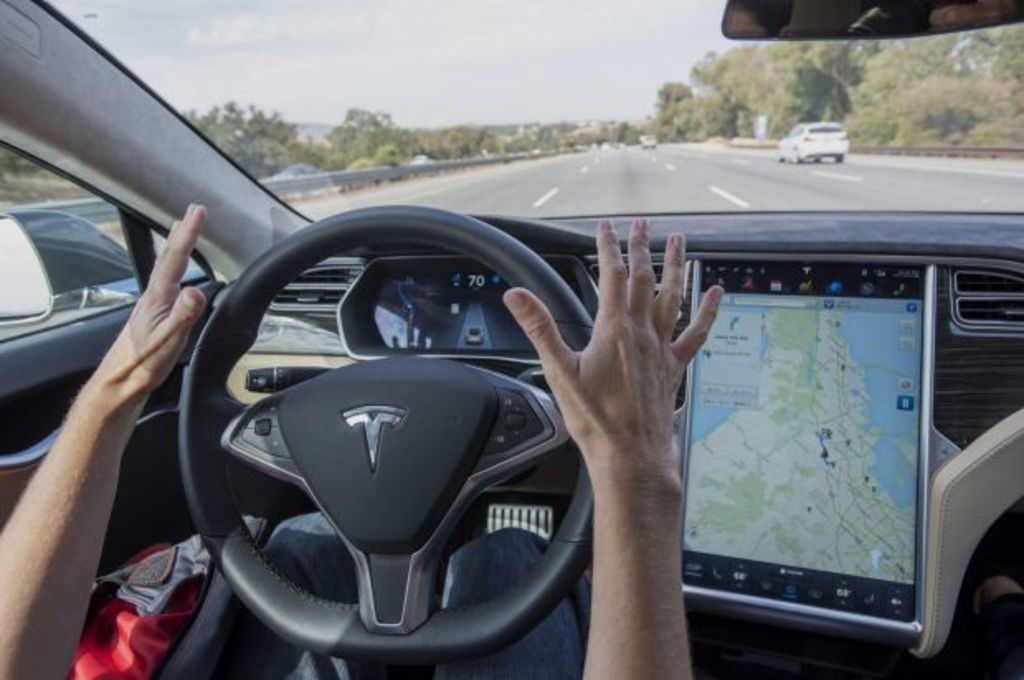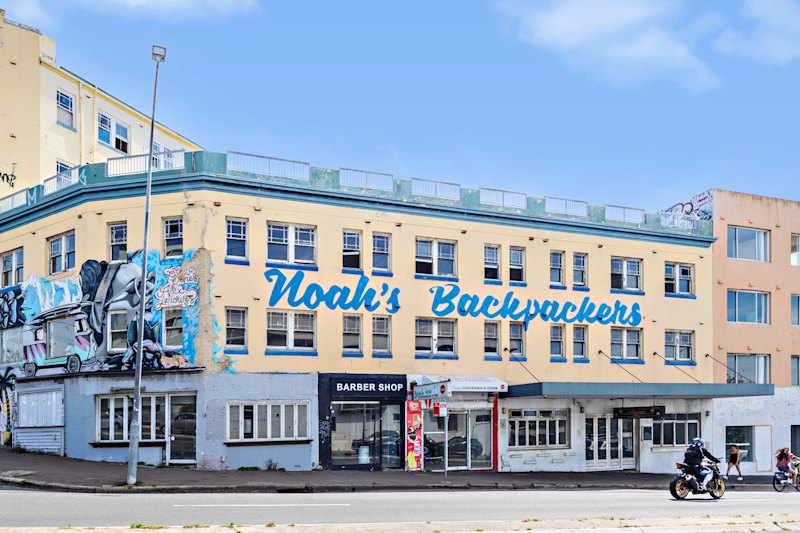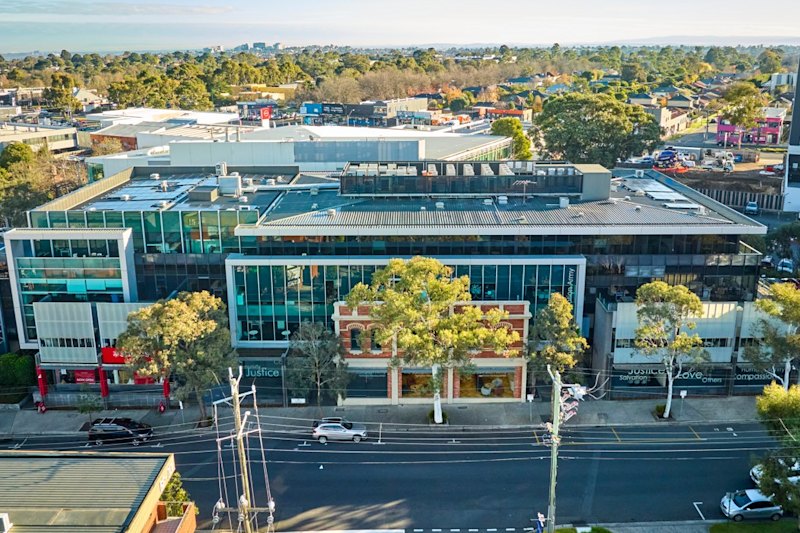Why autonomous vehicles won't make Sydney's inner-city streets less congested

Our smart cities of the future will need to embrace citizen-centric technology – but don’t expect your self-driving car to improve inner-city Sydney traffic, experts say.
A recent talk on Urban Super Powers at the Festival of Urbanism at the University of Sydney addressed the opportunities, and some potential challenges, that come with using technology to make our cities more liveable.
Autonomous Vehicles (AVs) was one development that came under considerable scrutiny, with Professor Stephen Greaves, professor of transport management at the University of Sydney, warning that many of the promised benefits it would have to city living may not come to fruition.
While self-driving vehicles are currently in use around the world – Vancouver has driverless trains, as will the new Sydney metro – these operate in a confined environment. Taking a car onto the open road is another thing entirely, and requires trying to “impose computer logic onto the human madness of driving cars,” he said.
Suggested improvements in traffic flow, created by self-driving cars requiring less stopping distance between vehicles, are undermined by “tests in mixed traffic suggesting you are more likely to be in an accident in an AV because they don’t behave like humans”.
People are impatient and take risks, unlike machines. “All the 11 accidents with AVs have been humans rear-ending them,” Greaves said.
However, not everyone thinks autonomous vehicles will necessarily pose problems in Sydney traffic. Volvo Australia, whose managing director, Kevin McCann, has stated that self-driving cars will be on sale in Australia before 2021, has said it’s “entirely feasible” self-driving cars could be used on major motorways such as the M5, M7, M2 and M1.
“Volvo, and other manufacturers, have developed self-driving technology and safety features to a very advanced level.”
The car manufacturer, which earlier in the year called on the NSW State government to implement a trial of self-driving cars, has been contacted for comment.
But even if not every car on the roads was self-driving, Sydney traffic flow could be improved if we embraced self-driving taxis – one such taxi could potentially replace 10 private vehicles.
But while companies such as GoGet had flourished in niche urban areas with official support, Greaves said many people were not willing to give up private car ownership.
“I know from research that there’s an awful lot of Australians who don’t want to share their cars,” he said.
He also flagged the potential difficulty in weighing up the priorities between passenger and pedestrian safety – how would an autonomous car prioritise swerving to avoid a pedestrian and possibly leaving the road, and putting the passengers at risk of an accident?
Professor Bill Randolph, of the City Futures Research Centre at UNSW, echoed Greaves’ thoughts on the viability of completely autonomous cars on Sydney inner-city roads.
“It would work if we were all in self-driving cars,” he said.
“It would be very difficult I would think, to create a self-driving car that could cope with the nature of Sydney’s inner-city roads. They’re tight, they’re bendy, they’re far from regular.
“I’m not against it. But there’s some practical barriers at the moment.”
The National Transport Commission (NTC),which has raised concerns about Australia’s current laws and autonomous vehicles, is undertaking a project to “identify regulatory or operational barriers” to AVs being introduced in Australia.
Submissions from key industry stakeholders closed in July, and the commission is expected to give Australia’s transport ministers its final recommendations in November.
The Festival of Urbanism panel also discussed how other types of technology could make Sydney more liveable.
Research by Associate Professor Martin Tomitsch, head of design at the University of Sydney’s faculty of architecture, led him to the idea of the “city app” – designed to be used by citizens in their urban environment, making use of existing data and technology.
He identified the new pedestrian crossing timers in Sydney’s CBD as a system that could be improved, as “research shows that pedestrians are more interested in knowing how long they have to wait”, rather than how long they had to cross.
They “had a counter effect of making people run across the road” trying to beat the countdown and engaging in riskier behaviour.
Another option for the city, inspired by Seoul’s subway system, involved using existing technology to indicate to commuters how crowded a train station was before they tried to enter, and how long the wait would be for the next train.
Similarly, floating spheres above a bus stop could indicate when the next bus was coming and how congested the route was, allowing commuters to make informed decisions about the best ways to head home.
We recommend
We thought you might like
States
Capital Cities
Capital Cities - Rentals
Popular Areas
Allhomes
More







